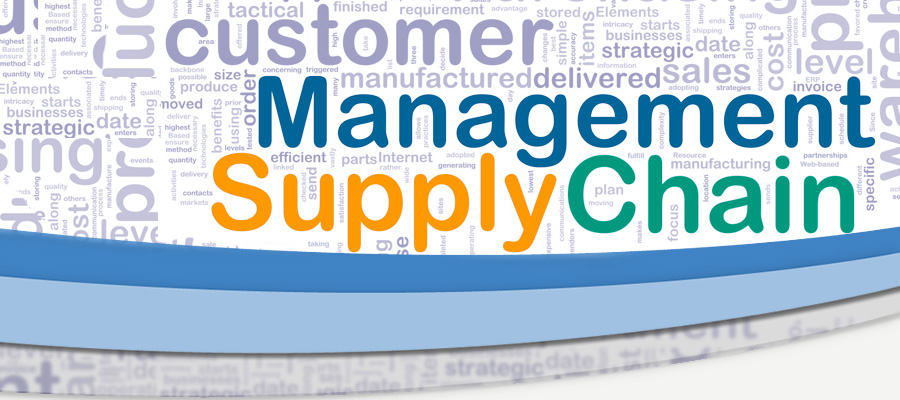
- 3 Unrealistic Career Goals You Need To Abandon
Creating career deadlines is all about balance. Planning ahead is a solid way to visualize what you want to achieve, but it can lose value if you only see those deadlines in black and white. Often times, new opportunities and unique ideas come from the gray areas, and strict schedules don’t always encourage that creativity. If you have a milestone you keep missing, remind yourself that it may not really exist and consider taking it off the list.
- IT career roadmap: Technology evangelist
“You’re drawing on aspects of a bunch of different fields, technology, sales, marketing, psychology, even acting. You not only have to have technical depth and credibility, but also polished sales and marketing skills so that you can handle objections, you can promote messaging in a non-threatening way. And you have to know a lot about the business climate you’re operating in — what’s the market like? What are the circumstances that have brought a company to where it is?” Sage says.
http://www.cio.com/article/3075440/it-skills-training/it-career-roadmap-technology-evangelist.html
- Operating with Empathy: How to Build Organizations for Real People
- Is Workplace Culture Overrated? (Infographic)
Culture often influences an employee’s decision to join a company, and small perks go a long way. Two-thirds of employees with access to free food say they’re very happy at their current jobs, and workers who have strong relationships with their colleagues feel 50 percent more satisfied than those who don’t.
Check out the infographic in the link to learn more about the benefits of fostering a healthy company culture.
- U.S. CIO aims to cut legacy spending, proposes IT modernization
The administration’s proposed solution is an IT modernization fund (ITMF) that would be subject to oversight of an independent panel that would help prioritize the most pressing technology projects while also evaluating the business case that the agency makes in pitching a project. And, crucially, agencies that dip into the $3.1 billion fund would be expected to repay the initial outlay for the IT project back into the fund over time, as operating savings materialize.
- When This Boss Walks 10 Miles a Day, She Leads a Much Healthier Team
A study by the University of Minnesota showed treadmill desks boost job performance, and we who work and walk are a testament to that fact. We not only feel great, we’re knocking it out of the park, with creative and innovative design ideas that come to us while walking/working. Leading by example is important for every business owner looking to improve his or her team’s health. Being fit and happy is contagious.
Photo: Will van Wingerden




